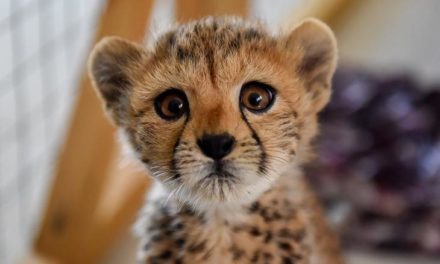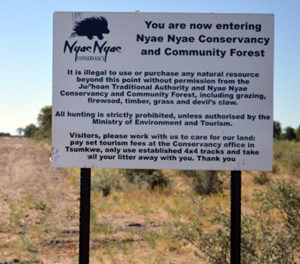
Hyenas continue to decimate feral horses of the Sperrgebiet National Park

What was once a thriving wild horse population in the Namib desert, has been decimated to only 79 animals, only one of which is a foal.
A destitute Namibia Wild Horses Foundation said in a statement this week, it appears the final hour has arrived for the troupe of feral horses that has lived on the Garub plain in the Sperrgebiet for more than a century.
More recently, the horses were exposed to a severe drought, lasting almost five years, and many succumbed to the harsh conditions. Then a pack of spotted hyenas moved into the area and started preying on the weak and young animals. Within two years, all the young foals disappeared and today, except for the only surviving foal, the next youngest horse is seven years old. In 2013, for instance, the hyenas killed one hundred horses of which at least half were foals.
Last year offered some respite with rains during the early winter. This restored some of the grazing for the horses, and it offered another blessing. With better pastures in other areas of the park, larger concentrations of wildlife moved to the greener areas and the hyenas followed the herds.
For once, the wild horses were rid of the predator menace and a few foals were born.
But the relief was short-lived. Late in 2018 the hyenas returned to the Garub plain, killing all the foals but one.
The Foundation stated that after several years of appealing to the Ministry of Environment and Tourism to either manage the hyenas or grant the Foundation custodianship to move the horses to a safer home, in December last year the ministry said in a statement that the hyenas will be relocated.
Initial attempts to catch the hyenas were all unsuccessful. In the meantime, predation on the horses continued at an alarming rate. All last year’s foals except the one survivor, were killed during the past few months.
Currently there are only a few expecting mares but it is feared their offspring will meet the same fate.
“We are now in the final hour of the wild horses’ existence in the Namib. Without the chance for new life, the population is doomed. The last foal remains on the desert plains and any day could be its last, ending the hope of a new generation,” stated the foundation.
See more at www.wild-horses-namibia.com/foundation











































